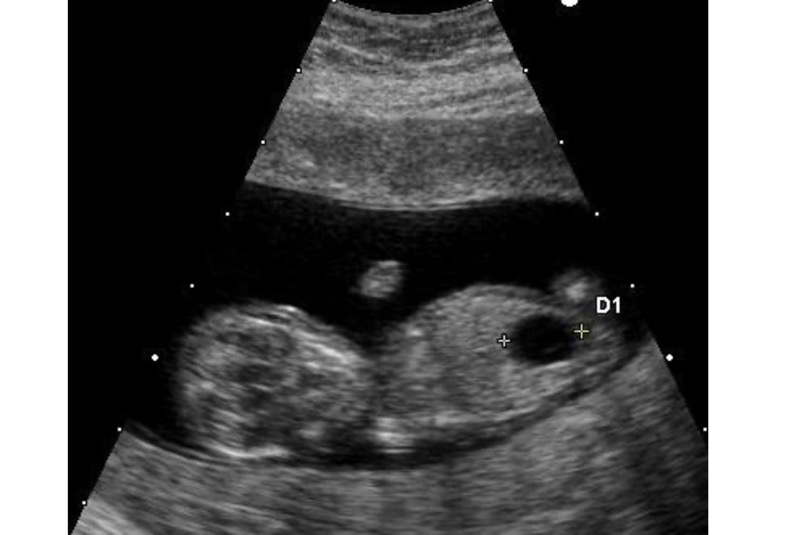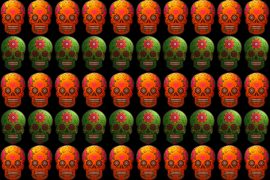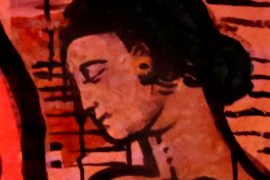Individuals with Down syndrome regularly experience prejudice in India. The prevalent misconception is that they are profoundly cognitively handicapped. Awareness campaigns are working to modify this perception to dispel the myth that people with Down syndrome are incapable of working or blending in with the society.
In 1981, Dr Surekha Rama Chandran, who founded the Down Syndrome Federation of India, was blessed with a little girl. Whenever she consulted a paediatrician, they used the same word to describe the baby: ‘Mongol Child.’
‘Mongol Child’ or ‘Mongol Imbeciles’ is a racist term used to describe a child with Down Syndrome. Due to the characteristic fold of the eyes that resembles features of Asian populations, Down syndrome has been called “Mongolism.” Mongol child is a derogatory reference – if it wasn’t clear.
Down syndrome, also known as trisomy 21, is not a disease. It is a genetic disorder resulting from abnormal cell division that causes a complete or partial addition of chromosome 21. This chromosome is responsible for developmental alterations and physical characteristics of Down syndrome.
Individuals with Down syndrome have varying degrees of severity, resulting in permanent intellectual impairment and developmental disabilities. It is the most prevalent genetic chromosomal abnormality in children and the leading cause of cognitive difficulties. It is also a common source of various medical problems, such as cardiac and gastrointestinal problems.
Down syndrome (DS) is among the most common genetic causes of intellectual impairment (ID) worldwide. DS alone accounts for 15–20 per cent of the global ID population. In a survey of 94,910 infants in three Indian metropolitan cities, Mumbai, Delhi, and Baroda, the DS prevalence was 1 in 1150.
Genetic abnormalities, such as Down Syndrome, are becoming a leading cause of death among metropolitan babies. The current incidence of Down syndrome is 1:800, which implies that around 32,000 infants with Down syndrome are born in India each year.
Many doctors see children with Down syndrome as a burden on the families they are born into. These doctors pressure the parents to put these children into an institution and treat their birth as a tragedy. However, despite such stigma, organisations have highlighted many success stories and several people in India with Down syndrome who have succeeded.
Aditi Verma is a businesswoman based in Mumbai. With support and encouragement from her parents, Aditi opened up a cafe named Aditi’s Corner that serves homemade meals, baked goods, and chocolates. Her cafe found a break within the first three months of opening.
Arti Krishnamoorthy is a 28-year-old swimming champion who competed in the Special Olympics. She won silver and bronze medals at Australia’s 2013 Special Olympics Regional Games. Growing up, Krishnamoorthy was refused regular academic education by schools.
38-year-old Babli Ramachandrana is a dancer. She is motivated by great dancers and leads a happy life despite four eye surgeries, vision impediments, and mental challenges. She finds much joy in being appreciated by others and fears not being up to mark. This makes her like any other person who is considered normal.
All these success stories show a simple thing- if given an equal opportunity and the right resources, children with Down Syndrome can grow to lead a regular life. Greater knowledge of Down syndrome and early intervention can significantly improve the quality of life for children and people with the disease, allowing them to live more fulfilled lives.
Each person with Down syndrome is unique, with mild, moderate, or severe intellectual and developmental problems. Some people are in good health, while others may have significant health problems, such as serious cardiac irregularities.
Down syndrome is distinguished by distinct facial features in both children and adults. Though not everyone with Down syndrome has the same physical characteristics, some of the more common ones are a flattened face, a small head, a short neck, upward slanting eyelids, poor muscle tone, broad, short hands with a single crease in the palm with relatively short fingers, and small hands and feet.
They may also be extremely flexible and have a small stature for their age. Infants with Down syndrome may be normal in size but typically develop slowly and remain shorter than other children their age.
Children with Down syndrome are often diagnosed before or at birth. Parents who had their first child with Down syndrome are at risk of having another child with the disorder. Help from a genetic counsellor can allow them to assess the risk.
The majority of Down syndrome children have mild to moderate cognitive impairment. Language is slowed, and both short-term and long-term memory is impacted. However, they have numerous abilities and gifts that they should be given the chance and support to develop.
Most children with Down syndrome have mild to moderate deficits. However, it is essential to emphasise that they are more alike than different from other children. Physical, linguistic, and developmental therapy should be included in programmes.
The majority of students attend local schools, some in regular courses and some in special education programmes. Some children have more severe issues that necessitate a more customised curriculum. However, schooling plays an important part in the social development of the child. Many individuals have proved that even with Down syndrome, these children can grow up to work in the community with the right support and resources.
It is a common belief that children with Down syndrome don’t survive. However, the life expectancy has now increased to 60 years due to new and advancing technologies and research. Down syndrome may be a genetic disorder, but it isn’t inherited most of the time. It is a mistake in the cell division process during the fetus’s development.
To integrate these children into society, people need to free themselves of some common myths. The child must be looked at as an individual, beyond their disabilities, to allow them a fair chance.
With a larger number of children with the disorder, it is necessary to spread awareness to remove the social stigma around the disorder and create consciousness in the association of derogatory terms that alienate these special kids.
-30-
Copyright©Madras Courier, All Rights Reserved. You may share using our article tools. Please don't cut articles from madrascourier.com and redistribute by email, post to the web, mobile phone or social media.Please send in your feed back and comments to editor@madrascourier.com











